The AI won 7,215 matches against humans, losing only 42 in the process.


Elon Musk believes humans must link up with machines in order to fight the inevitable onslaught of artificial intelligence.
In a recent tweet, the SpaceX and Tesla CEO said technology from his latest company, Neuralink, will be ‘coming soon.’
Musk has yet to offer up any more details on when or how the tech will come to fruition.
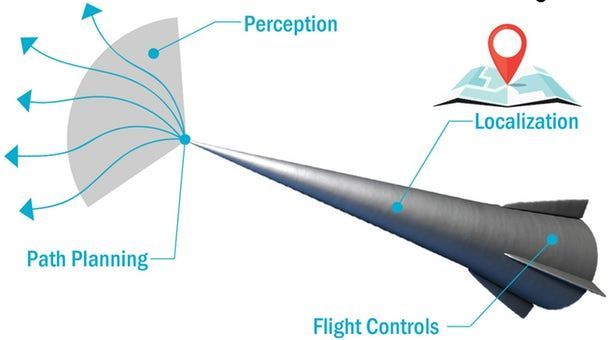
Sandia National Laboratories (SNL) has announced that it has set up an academic research coalition to help create artificially intelligent aerospace systems to control hypersonic missiles and other complicated vehicles in challenging environments. Called Autonomy New Mexico (NM), the organization consists of numerous US universities and aims at making hypersonic craft capable of autonomously controlling their own flight.
At the ‘Tesla Autonomy Day’ today, Tesla unveiled all the details about its new Full Self-Driving computer, which CEO Elon Musk claims is ‘objectively the best chip in the world’.
The automaker has been talking about this new computer for years now.
Earlier this month, Tesla announced that the new Full Self-Driving (FSD) computer, previously known as Autopilot Hardware 3.0, is now in production.
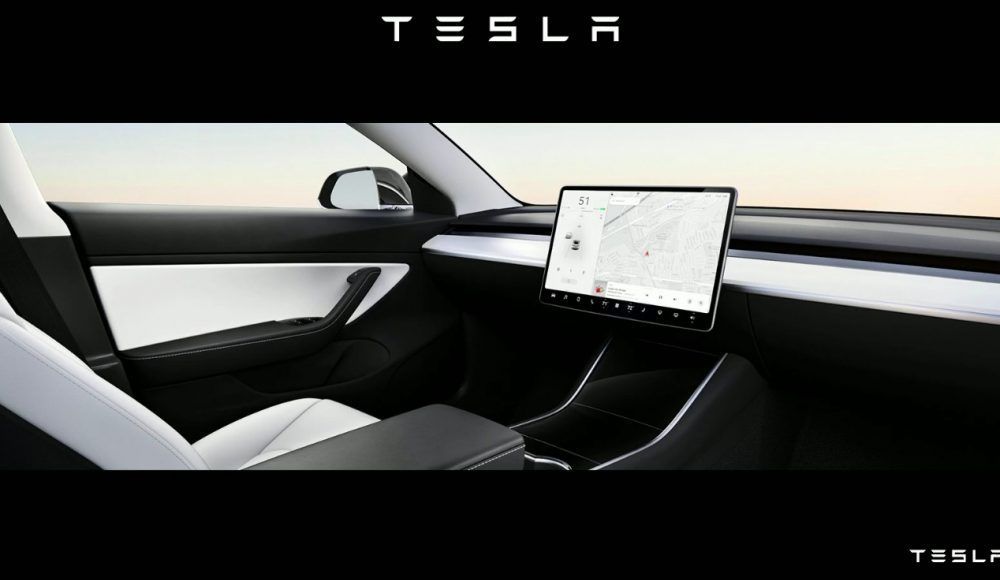
Tesla CEO Elon Musk presented some new details on the Tesla Network’s Robotaxi ride-hailing service during the company’s Autonomy Day. Musk outlined his how much electric car owners can earn from the service, as well as how long vehicles can last operating as autonomous ride-sharing Robotaxis.
Musk started his presentation by reiterating Tesla’s Master Plan, which includes the deployment of the company’s Robotaxi program sometime in 2020 (pending regulatory approval, of course). Musk joked about Tesla’s delays in the rollout of Full Self-Driving features, though he did note that “we said we’re gonna do the Robotaxi, and we’re gonna do the Robotaxi.”
Tesla owners who wish to use their vehicles for the Tesla Network will be able to manage their electric cars through their smartphone. Musk dropped several points of information that will be key to the Tesla Network’s Robotaxi service as well. Among these is the vehicles’ longevity. The CEO noted that current-generation battery packs are good for about 300,000 to 500,000 miles, though Tesla’s upcoming batteries which will go on production next year will operate for twice as long, up to 1 million miles with minimal maintenance.
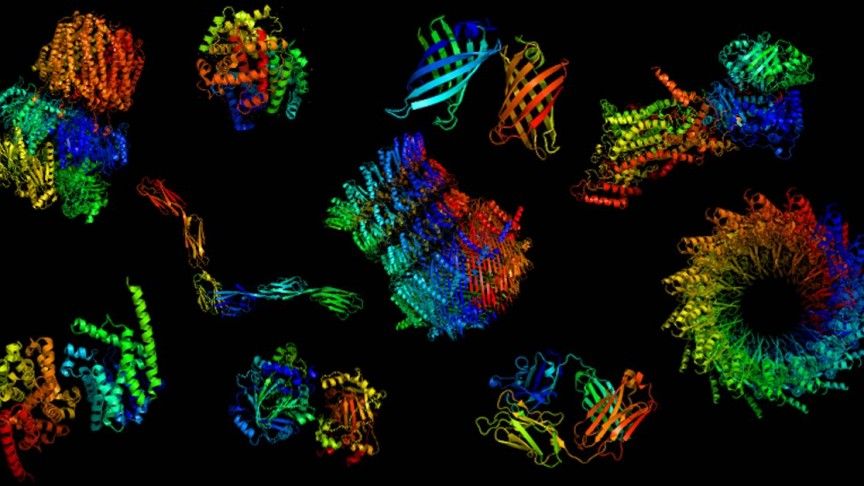
A scientist from Harvard has used Ai to create a method for successfully predicting the folded shape of any protein. The work could have massive implications for the design and development of life-saving medicine.
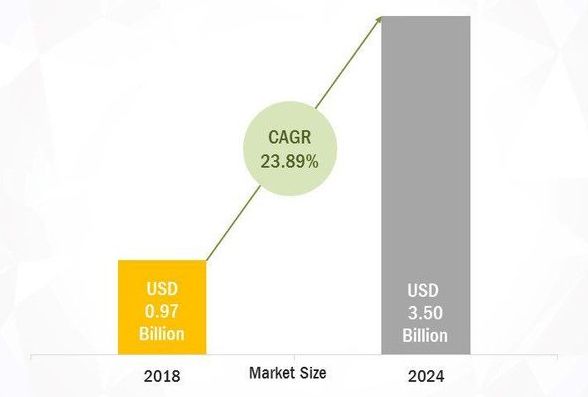
Far-field speech and voice recognition smart speaker products such as Amazon Echo, Amazon Tap, Apple HomePod, and Google Home witnessed a high level of adoption within 2 years of their commercialization. With recent advancements in adaptive noise cancellation (ANC) and beamforming technology, Qualcomm, on March 2019, unevils AI enabled Qualcomm QCS400 SoC series designed to deliver advanced multi-mic far-field voice capability with highly responsive voice activation and beamforming technologies for smart speakers such as Google Home or the Amazon Echo. The launch of new chip help device manufacturers helps manufacturers accelerate the development and commercialization of smart and networked speakers.
Qualcomm launches QCS400 SoC series: An AI-enabled chipset with far-field voice capabilties for smart speakers : MarketsandMarkets Point of View on the Market Impact.
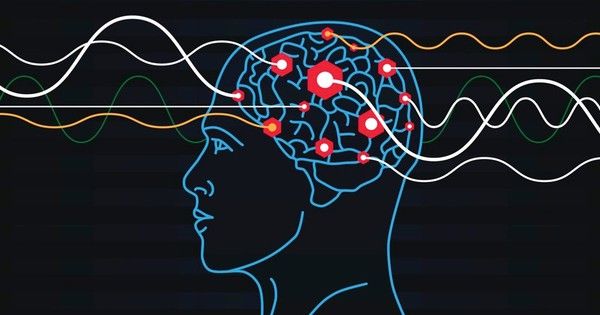
Imagine being able to play a song on your computer just by thinking of its title. Or transmitting your thoughts to a friend over the internet without uttering a word. Scientists have now invented a ‘sewing machine’ capable of stitching electrodes into the brain, which may one day help to make such things a reality.
